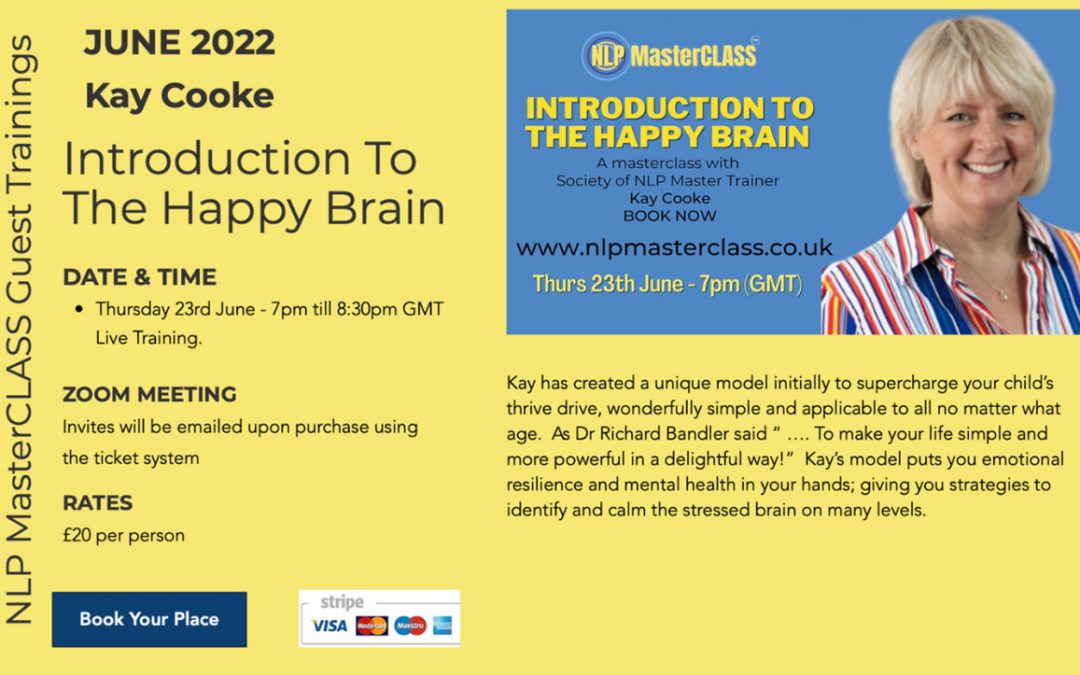
Intro to The Happy Brain
Click here for preview video where I set the scene for what I’ll be talking about:

Click here for preview video where I set the scene for what I’ll be talking about:
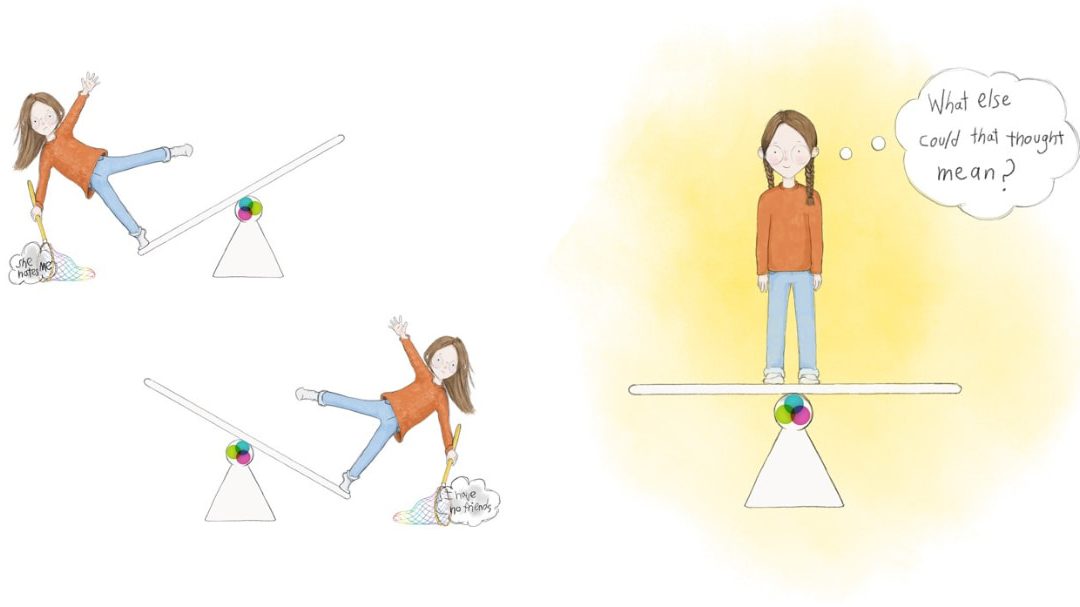
I’m thinking a lot these days about the things that children and teens tell us adults and how easy it is to advise or correct them from the adult world-view, rather than guide inner growth.
You may hear phrases like “I can’t” or “I’m stupid” and immediately, rush to correct; “yes you can” or “no, you’re not stupid”…
Imprinting a young brain with the adult world-view can cause confusion if the external voice contradicts their internal voice. That forces a decision about who the young mind should listen to and steals their opportunity to learn the cause-and-effect patterns of self-responsibility that build self-esteem.
Of course, influence or compliance has its place, but it is growth limiting.
Insisting that children adopt adult-only rules for living, means they either ‘rinse and repeat’ the patterns of the past, or they reject them in polarity. Both strategies are mentally restrictive and emotionally sticky.
We must do better for our young people, than require them to do things our way.
Like giving them opportunities to explore other perspectives, figure internal stuff out, and learn to adjust their responses each time they get something right, or wrong. But let this be based in reality.
So your child comes home and says
“Mary was mean to me…” What do you say?
“That bitch Mary really has in for you …”
“I’ll call her mother …”
“I’ll speak to the teacher …”
“You must have done something to upset her …”
Or:
“What did you see/hear that you felt was mean?”
“What was happening just before you felt upset?”
“Do you think something specific upset her?”
“What upset you about her behaviour?”
These responses are not a prescription by the way, they simply highlight the difference between training closed thinking and open (thrive) thinking.
This month’s tip for supporting resilience in children and teens, is to get curious about the unique reality of a young mind. Don’t fear a reality that doesn’t mirror yours, don’t challenge it because you judge it wrong according to the way you were indoctrinated. Don’t tell them they are wrong (that sets up messy thinking further downstream). Don’t ask them to justify their beliefs, that sets up stress in everyone.
Be part of a revolution that helps young minds expand into new perspectives and figure personal solutions. Build self-responsibility, crucial for a healthier society where people are not easily offended or expect the world to revolve around them.
When you hear “I can’t”
Try these questions:
“You can’t?”
Reflect the precise words in parrot fashion.
“Oh tell me more …”
Enable them to expand their own thinking rather than justify their ideas. Sometimes just voicing an opinion with an outside voice, helps it to make more sense.
“Is that because you don’t want to, or because you don’t know how to?”
Guide them towards facts that support action.
“If you don’t want to, then what is it that you would prefer to do instead?”
Let the negative emotion transfer to a thrive energy. People see clearer and make better decisions in thrive mode.
“Is this something that you have to do and therefore figure a way to do it more easily?”
Presuppose the capability was the issue.
“How would you like me to help you?”
Teach them it’s OK to ask for help and that collaboration is beneficial.
Help young people discover their unique aspects of their happy brains. Don’t just give them yours.
Illustration from Sal Undoes Thinking Traps: https://thehappybrainco.com/product/sal-undoes-thinking-traps/
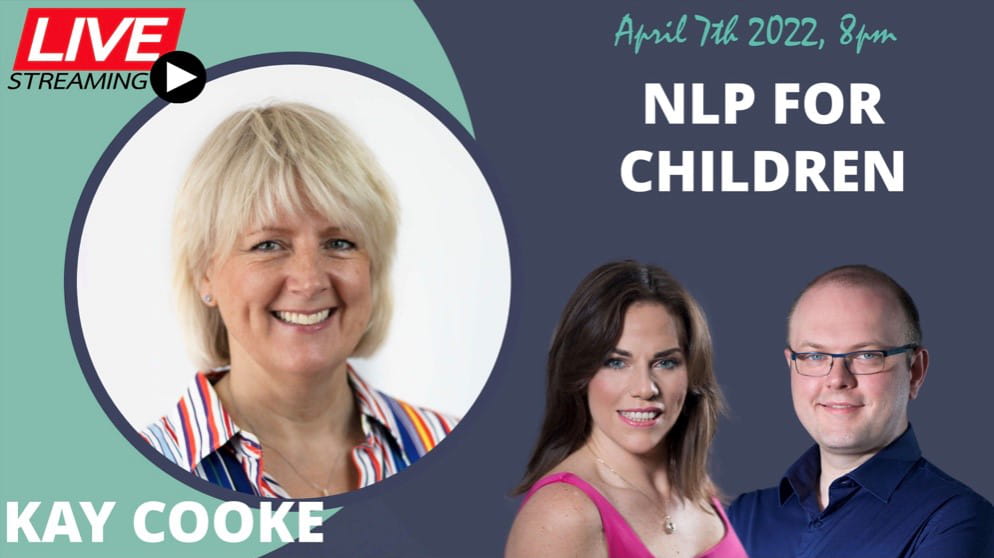
On Thursday, April 7th 2022 I delivered a Masterclass with esteemed Swiss colleagues Michel and Nathalie. More details of their website here
In this Master Class I shared many of my experiences working in the field of NLP with children, teenagers, and families.
See some simple models for imagining a 3-dimensional brain that’s easy to understand.
Free to watch for anyone who is interested in:
• understanding how the human brain works
• how learning happens
• differences between neurology, biology, and psychology
• specialist application of NLP for working with kids
• how to build a thriving next generation
Watch the Master Class COPY & PASTE: https://youtu.be/r3RRi16J6Pg
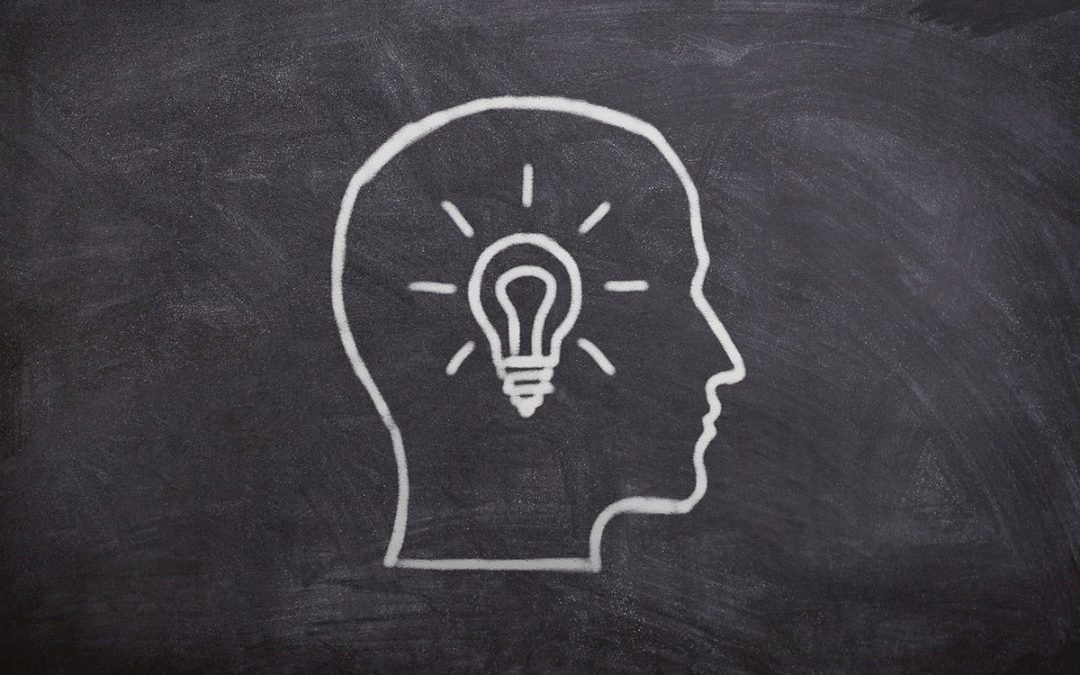
“What do you want?” I asked 45 year old Pete (who came to see me to learn how to de-stress).
“I want to enjoy what I do again – better work/life balance.” he replied sincerely.
“Tell me more?” I enquired.
“Well, I’d like us to spend more time as a family unit.” he said, nodding to himself.
“More time? One or two minutes a week?” I gently teased.
“Oh no … oh … um… probably 20 minutes more – each day.” he concluded.
“20 minutes a day – watching TV?” I was curious about his lack of specificity.
“No, I mean spending 20 minutes a day, helping my son Joe (15) with his homework.”
“Ah great that he’s asked for help.”, I smiled.
“Well, no, of course he hasn’t asked for help, he can’t see the importance of this, but his grades are poor.”
“What will that do for you – spending 20 mins a day on Joe’s homework?” I invited him to consider.
“I want him to achieve more.” he insisted.
“And …” I paused.
“If I help him with his homework, he will get better grades.” he asserted.
“What will Joe think about your plan?” I gestured open palms.
”He’ll hate it, but it’ll stop him playing his airy-fairy music.” He gestured closed palms.
“How do you think your goals for Joe will play out over time?” We took a moment to visualise the on-going rippling effects of Pete asserting his goal for Joe.
“Oh… we’ll probably end up fighting, just like my dad and I used to… I’ll get even more stressed…”
And the penny dropped.
It’s always fun to hear the penny drop as the most educated minds often miss the value of a foundational principle of NLP, that is getting clarity of your brain aim, your goals for yourself. And being aware of how we set up self-imposed stress by assuming our goals for others – especially our children – will help us be happier. Actually, that’s messy.
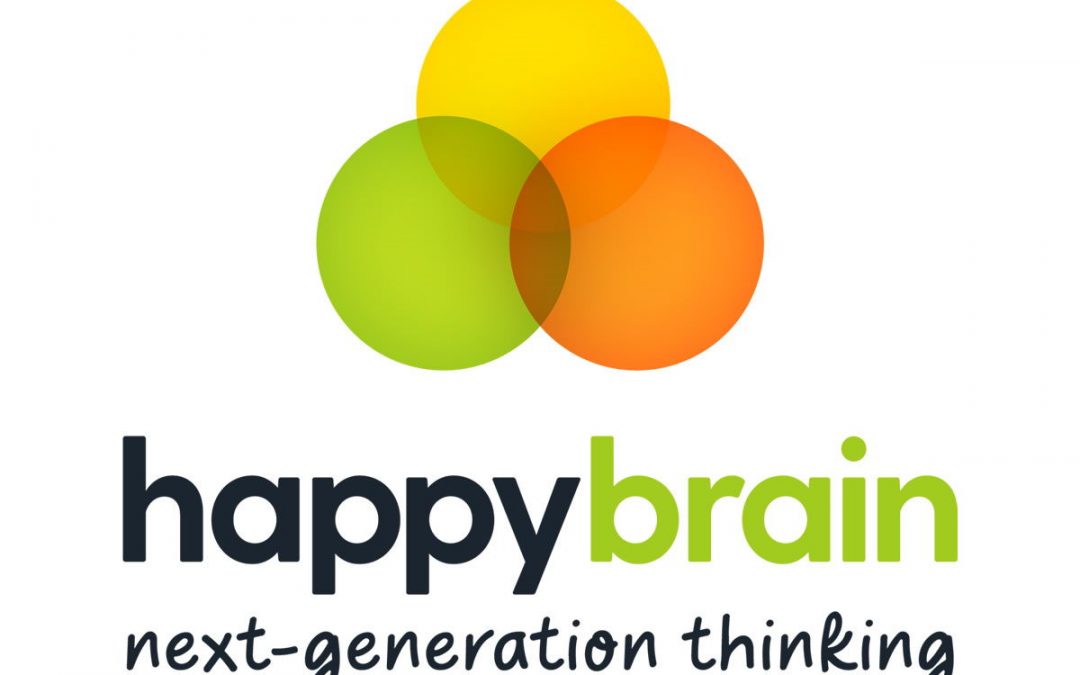
Society talks a lot about mental and emotional health problems but talking is not enough – we need to do at least these two key things to drive change:
Join us in Hexham, Northumberland, for the next LIVE 2-day Happy Brain training FEB 12 & 13, 10am – 4pm where you get to step inside the uniquely practical Happy Brain model and discover:
* ‘what’ happens during the processes of thinking
* ‘how’ the brain makes sense of its chemical signals we call emotions
* ‘why’ we need to pay attention to neurological patterns that guide our auto-pilot brains
Short promo video: https://youtu.be/KAbrBvZLOeQ
What previous delegates have said: https://youtu.be/fkttVCsLzIc
Website info & booking: https://thehappybrainco.com/product/happy-brain-online-training/

Throughout history, across the world, mirrors have been used to deflect bad spirits and direct lightness into the environment.
I use imaginary mirrors and mind-magic experiments to help children deal with bullies or situations that feel threatening. The key to this success is engaging a richness of sensory-based imagination. I’ve been using this technique for years with clients of all ages, and for myself. It works, try it!
Here’s how to do it:
Invite your child to imagine they are surrounded by a bright yellow cloud or mist. Any colour is ok if it feels powerful, I suggest yellow as a colour commonly associated with inner power.
Have your child visualise this yellow mist swirling around their body in a clockwise direction growing up from underfoot and making a swirl-knot overhead. The mist is quite faint, is see-through, has a cooling taste, smells lemony and sounds sparkly.
The more associated to sensations, the stronger the influence. Have them experiment with swirling faster or slower – which swirl speed helps them feel strongest? Become genuinely curious about the effects of this mind experiment.
Ask them to take a big, deep breath in through their nostrils inhaling lemony mist flowing down deeply inside the lungs and when they breathe out, let the long, slow out-breath gently expand the size of the yellow cloud surrounding them.
After mastering the art of an expanding, swirling yellow mist, they are ready to add the outer layer of magic mirrors – all facing outwards. Some people see mirrors of the same size and shape, while others see different sizes and shapes. Experiment with the design of the mirrored ‘shield’ perhaps hearing them clicking into place.
Now inside this space, feel the new distance from mean words or feelings. Some people find it quite fun to visualise hurtful words or feelings bouncing off the outward facing mirrors into the air, before disappearing.
Top Tip! Invite your child to identify where in their body they feel most confident when doing this. That’s a hypnotic suggestion by the way!
Recent Comments